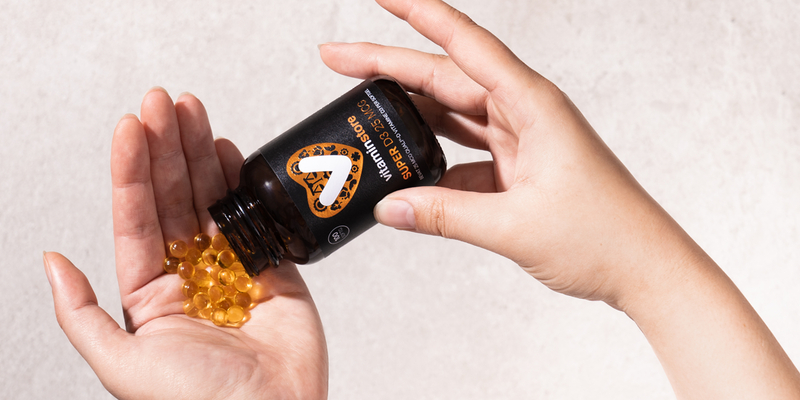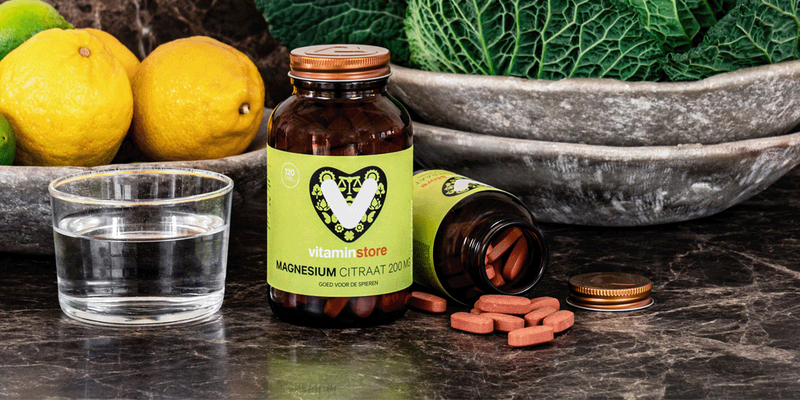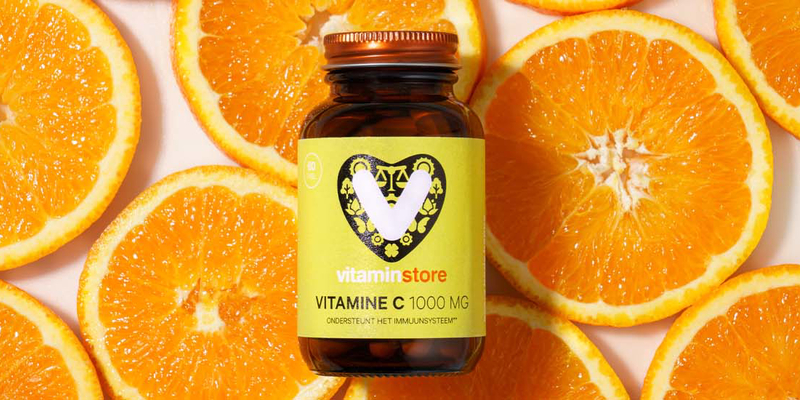
How to Identify the Best Multivitamin for You?
Are you searching for the very best multivitamin to meet your health goals? In this article, we are delighted to guide you on your journey. Choosing a good multivitamin, in our opinion, goes beyond simply visiting your local pharmacy and grabbing the first available option from the shelf. There can be a world of difference between the multivitamins you encounter in stores and online, not just in terms of form but, more importantly, in quality.
But how do you identify the best one? With so many nutrients—and a label full of numbers—it can be quite challenging to know what to look for when purchasing a multivitamin.
In our knowledge base Everything about Multivitamins, you can read all about what a multivitamin is and what they can potentially do for you. In this article, we explain what to consider when purchasing a high-quality variant.
4 Points to Recognise the Best Multivitamin
1. A Good Multivitamin is Suitable for Every Life Stage
When it comes to finding a good multivitamin, we often say; one size fits none. Although there are quality multis that provide good basic support, you can imagine that young children and teenagers have different needs compared to adults. And if you really want to support your body specifically, you should also consider factors like gender and life stage in addition to age. Men may require something slightly different than women. And women who are pregnant or breastfeeding have different needs compared to women in other life stages.
2. A Good Multi Contains the Active Forms of Vitamins and Minerals
When it comes to nutrients (such as vitamins and minerals) in supplements, there can be a significant difference in quality and how well or efficiently these substances can be absorbed by our bodies. For instance, minerals like magnesium are often bound to an amino acid (protein) to improve absorption and efficacy. Moreover, certain nutrients come in multiple forms and types, some of which are more absorbable or functional than others.
To find out which forms and types are in your multivitamin, refer to the label. Manufacturers are required to list the ingredients in your supplement. When a manufacturer uses an active form or a certified nutrient, it will be mentioned on the label in parentheses after the ingredient. If the label only states 'vitamin D', 'vitamin B12', 'Iron', or 'magnesium', you can assume a cheap and inactive form has been used.
To assist you, we provide some examples of well-absorbable forms of vitamins and minerals that can help you identify a good multi or other supplement.
|
Magnesium
|
|
|
Well-Absorbable Forms
|
Less Absorbable Form
|
|
Magnesium (malate)
Magnesium (taurate)
Magnesium (bisglycinate) Magnesium (citrate)
|
Magnesium oxide, 'magnesium' on the label.
|
|
Folate (folic acid/vitamin B11)
|
|
|
Well-Absorbable Form
|
Less Absorbable Form
|
|
Folate (5-MTHF or glucosamine salt)
|
Folic acid
|
|
Vitamin B6
|
|
|
Well-Absorbable Form
|
Less Absorbable Form
|
|
P-5-P (pyridoxal-5-phosphate)
|
Pyridoxine, or 'vitamin B6' on the label.
|
|
Vitamin B12
|
|
|
Well-Absorbable Forms
|
Less Absorbable Form
|
|
Methylcobalamin and adenosylcobalamin
|
Cyanocobalamin, or 'vitamin B12' on the label.
|
|
Vitamin D
|
|
|
Well-Absorbable Form
|
Less Absorbable Form
|
|
Vitamin D3 (cholecalciferol)
|
Vitamin D2, or 'vitamin D' on the label.
|
|
Vitamin K
|
|
|
Well-Absorbable Form
|
Less Absorbable Forms
|
|
Vitamin K2 (menaquinone-7)
|
Menaquinone-4, menaquinone-6, menaquinone-8, and menaquinone-9, or 'vitamin K' on the label.
|
|
Iron
|
|
|
Well-Absorbable Form
|
Less Absorbable Form
|
|
Iron (bisglycinate)
|
Iron oxide (or 'iron' on the label)
|
|
Zinc
|
|
|
Well-Absorbable Forms
|
Less Absorbable Forms
|
|
Zinc (methionine), zinc (picolinate), zinc (bisglycinate), zinc (histidine)
|
Zinc (oxide), zinc (sulfate), zinc (gluconate) or 'zinc' on the label.
|
3. The Best Multivitamin is Formulated Based on Scientific Research
The effectiveness of a good multivitamin is highly dependent on the correct dosage. A good multivitamin contains all essential nutrients in a dosage that is aligned with what scientific research indicates as effective for your health goals. You can imagine that a dosage that is too low is ineffective and therefore a waste of money. Conversely, excessively high dosages are unnecessary and also increase the risk of consuming too much of certain nutrients.
Good to know: sometimes, certain excipients are necessary in the production of a supplement to ensure quality or to maintain the shape of a tablet.
4. A Good Multivitamin is Pure and Contains Minimal Additives and Fillers
You can expect a good multivitamin to contain everything you need and nothing more or less. A good multivitamin is as pure as possible and free from unnecessary fillers, flavourings, or other additives such as sugar or allergens (think gluten or soy). Not only are these substances unnecessary, but they also take up valuable space or make the supplement unnecessarily large.
Still finding it difficult to see the wood for the trees (we understand completely)? Feel free to ask our health coaches any questions you have; they are ready to provide tailored advice. You can find our health coaches via the chat on this website or in your favourite Vitaminstore shop.







